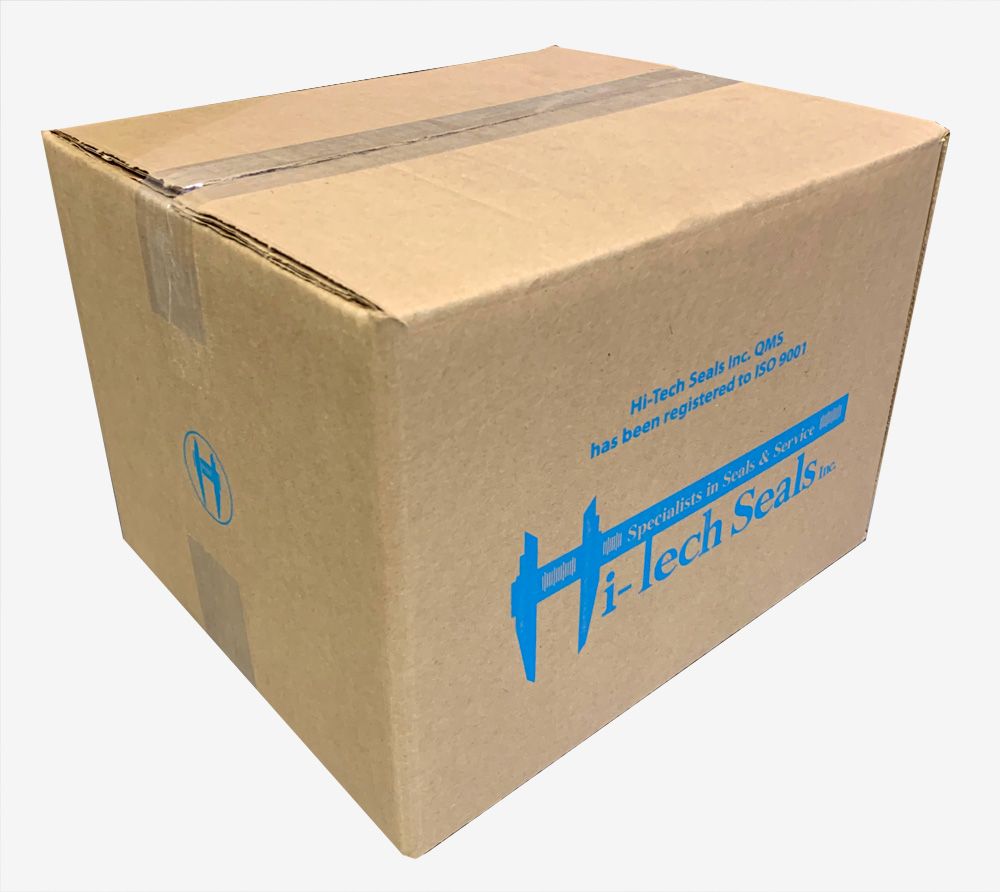How to Safely Handle a Cardboard Shipping Box

Most small businesses handle their fair share of corrugated and cardboard shipping boxes. But, did you know that a box weighing as little as ten pounds, if lifted or carried improperly, can cause long-term injury?
Learning how to lift and carry both light and heavy shipping boxes is important for you and your business. Unfortunately, not all boxes are created equally. Understanding the type of shipping box you have and the weight or strength of that box is just as important as knowing how to lift properly.
Cardboard versus Corrugated
Cardboard and corrugated are terms that are often used interchangeably. However, these are two very different types of boxes, one of which provides significantly more support.
Cardboard shipping boxes are often a single layer of pulp paper material which is designed to hold light weight items. While there are varying widths, cardboard is generally not as sturdy as corrugated shipping boxes. A corrugated shipping box is three tiered, with flat panels on the top and bottom and a rippled cardboard in the center.
A corrugated shipping box is stronger, more durable, and frequently used to package and transport heavier items, including multiple cardboard boxes.
Lifting Techniques
Everyone is different, so forty pounds may be heavy for one person and light for another. However, when it comes to lifting if you feel a weight is too much for you then you should ask for help or use an assist such as a dolly to move your shipping boxes.
While shipping boxes may be the same size, it is what is in the inside that counts. So, whether your box is equipped with slotted ends or not, you should understand that lifting one shipping box may not have the same impact on your body as another.
Whether you are lifting a light or heavier box, the biomechanics remain the same:
- Keep your feet shoulder width apart with one foot more forward than the other to maintain balance.
- Squat using your knees and hips to lower your body and stand upright.
- Keep your back straight, your chest forward, and your shoulders back. Try not to bend your upper back forward.
- Move slowly and without twisting.
- Keep the shipping box close to and preferably touching your chest.
- Take small and focused short steps.
- Squat when placing the load below your waistline.
We all get excited when sending out or receiving a new shipping box. But you don’t need to risk injury to get the job done. Remember safety first when handling shipping boxes.

